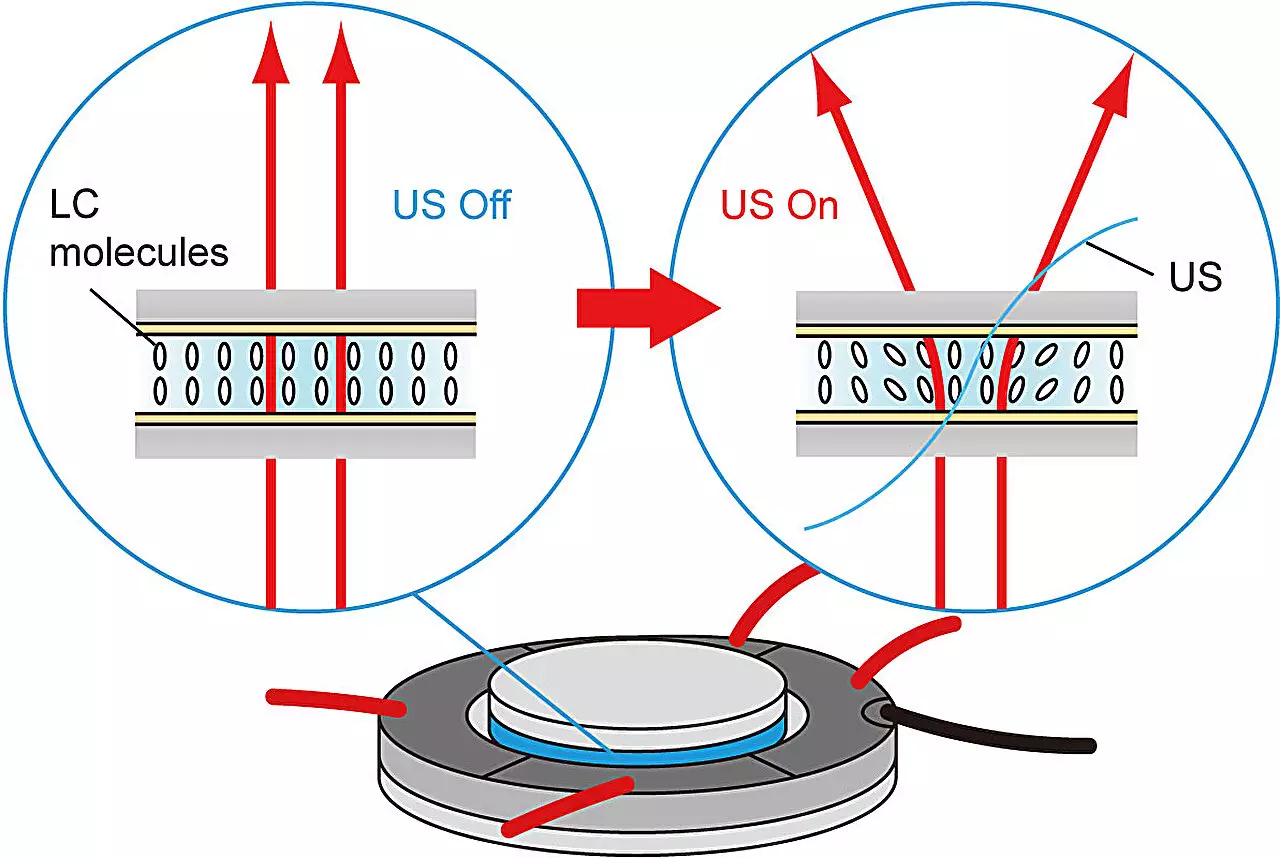Lighting plays a crucial role in our lives, impacting our productivity, health, and well-being. Over the centuries, humans have developed various artificial light sources to meet our needs. From incandescent lamps to gaslights and LEDs, the evolution of artificial lighting has been driven by our desire for efficient and aesthetically pleasing light sources.
The distribution and intensity of artificial lights indoors have a significant impact on our ability to work and study effectively. In addition to influencing our physical health, artificial lights also play a role in our mental well-being. As a result, modern artificial light sources are designed with these psychological elements in mind to achieve the best aesthetics and functionality.
Among the various artificial light sources available today, LEDs stand out as one of the most innovative options. Known for their high efficiency and environmentally friendly nature, LEDs have revolutionized the lighting industry. However, due to their small size, LEDs often require the use of diffusers to spread light over a larger area.
Conventional light diffusers have been developed with periodic surface profiles, refractive index distributions, or light-scattering layers to direct and spread light in specific directions. While these diffusers can be tailored during fabrication to meet specific requirements, their diffusion directivity cannot be adjusted after installation without mechanical movement, which can increase the size of the device.
In a groundbreaking study conducted by Professor Daisuke Koyama and his team at Doshisha University, a tunable ultrasonic liquid crystal (LC) light diffuser was developed. This innovative diffuser is based on the generation of non-coaxial resonant flexural vibration, which controls the molecular orientation and refractive-index distribution of the LC layer. This provides control over diffusion angle and direction without the need for mechanical moving parts.
The ultrasonic LC diffuser consists of a nematic LC layer sandwiched between two glass disks and an ultrasonic piezoelectric transducer. By applying a continuous reverse-phased sinusoidal signal to the transducer, ultrasonic vibration is produced on the glass disks. When the frequency of this vibration matches the resonant frequency of the LC light diffuser, non-coaxial resonant flexural or bending vibration modes are generated on the LC layer, altering the transmitted light distribution.
By changing the electrodes to which the input voltage is applied, the direction of the molecular orientation and diffusion directivity can be easily rotated. The researchers found that the diffusion angle depends on the input voltage amplitude and is maximized at 16 V. It was noted that above this voltage amplitude, the diffused light can become unstable. Additionally, the transmitted light distribution is influenced by the polarization of incident light, adding another layer of control and customization to the diffuser.
The development of the tunable ultrasonic LC light diffuser represents a significant advancement in the field of lighting technology. By offering a non-mechanical solution to control diffusion directivity, this innovative diffuser opens up new possibilities for customizable and efficient lighting systems. As we continue to explore new ways to enhance artificial lighting, the ultrasonic LC light diffuser serves as a beacon of innovation and a testament to the endless possibilities of light manipulation.


Leave a Reply